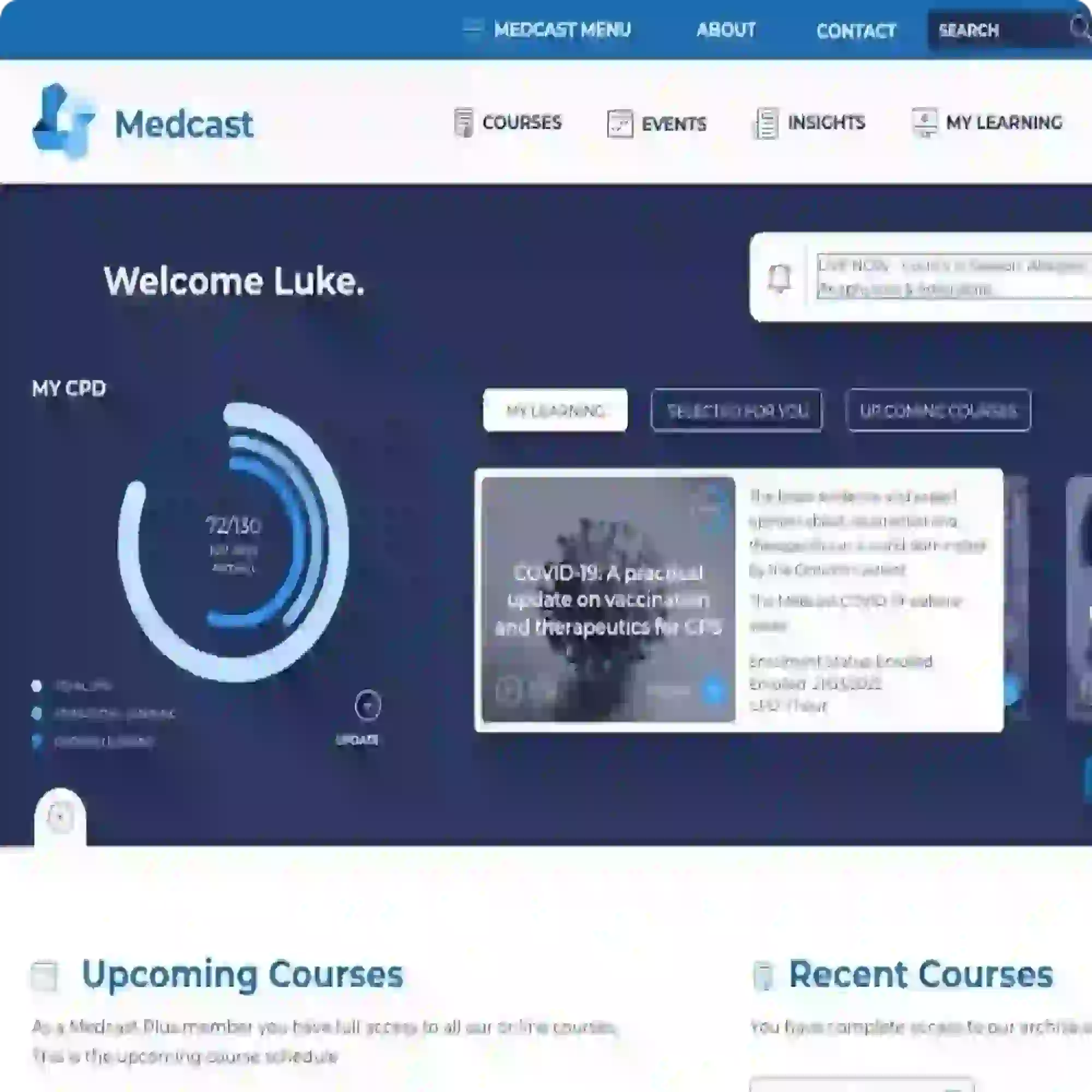Oropharyngeal Airways in Paediatric Patients
Oropharyngeal airways (OPAs) are useful in maintaining airway patency in unconscious patients of all ages. OPAs are often referred to as a Guedel's airways, after the American physician who developed them. These devices are useful adjuncts in unconscious patients, but do carry risks if not sized or inserted correctly.
General paediatric airway considerations:
- Appropriate sizing requires access to the full range of OPA sizes to ensure the correct one is used based on the anatomical structures of the child or infant.
- Prior to insertion remove visible debris from the oropharynx via suction, avoid extended periods of suctioning to minimise the risk of bradycardia.
- Do not perform blind finger sweeps in children, as this can force a foreign body further down the airway and completely occlude at the level of the cricoid ring.
- Be aware of loose dentition, as school aged children may have loose teeth that can become dislodged in the airway.
When inserting an OPA in children under 8-years-old:
- Sizing is important: measure from the centre of the incisors to the angle of the mandible
- Use a tongue depressor to assist in insertion: in paediatrics this is needed to ensure the tongue is not pushed back by the oropharyngeal airway
- Insert the oropharyngeal airway gently: insert under direct vision, putting the oropharyngeal airway in concave side down. This is to avoid damaging the soft palate.
- Continue to use jaw thrust after insertion, to maximise airway patency
- Hold the head in the appropriate position for the age of the patient: neutral position for infants under 12 months of age, and the slight sniffing position for children aged over 1 year
If you are interested in updating your knowledge and confidence in paediatric airway management, you may be interested in attending our Paediatric Advanced Life Support courses These workshops utilise a simulation based approach and are based upon the current Australian Resuscitation Council guidelines.
For a full list of events and courses please visit https://medcast.com.au/courses.
References:
Australian and New Zealand Council on Resuscitation (ANZCOR) ANZCOR Guideline 12.6 – Introduction to Paediatric Advanced Life Support Techniques in Paediatric Advanced Life Support.
Hambrecht, K. (2019). Cardiopulmonary resuscitation: basic and advanced life support. Chapter 70 in Brown, D., Edwards, H., Buckley, T., and Aitken, R.L. (eds.). Lewis’s Medical-Surgical Nursing: Assessment and Management of Clinical Problems. (5th edn.). Elsevier: Chatswood.
Royal Children’s Hospital Melbourne (RCH) 2019, The Paediatric Trauma Manual: Airway Procedures.
Content reviewed 2/2025

Susan is the Head of Nursing Education for the Medcast Group.
DipAppScNsg, BN, CritCareCert, CoronaryCareCert, TraumaNsgCareCert, CertIV(TAE), MN(Ed), and GradCert(Ldrshp & Mgt).
Become a member and get unlimited access to 100s of hours of premium education.
Learn moreThe Coordinated Veterans’ Care (CVC) Program is a DVA initiative that allows GPs to provide structured, proactive care in the community for eligible veterans and war widows. This FastTrack provides a guide to billing the CVC program, and outlines a strategy for its practice-wide integration.
Achilles tendinopathy is a common cause of posterior heel pain and functional impairment. GPs are well-placed to coordinate care for these patients. This FastTrack fact sheet provides a concise summary of diagnosis and non-surgical management, including when to refer. Earn 30mins each RP and EA CPD with the quiz.
Over 3% of GP consultations in Australia involve skin lesions, yet many practices are billing these procedures incorrectly, putting themselves at risk of noncompliance or missing out on legitimate remuneration. This Business skills FastTrack explains the MBS item numbers pertaining to skin lesions for GPs, including eligibility criteria and practical tips.

